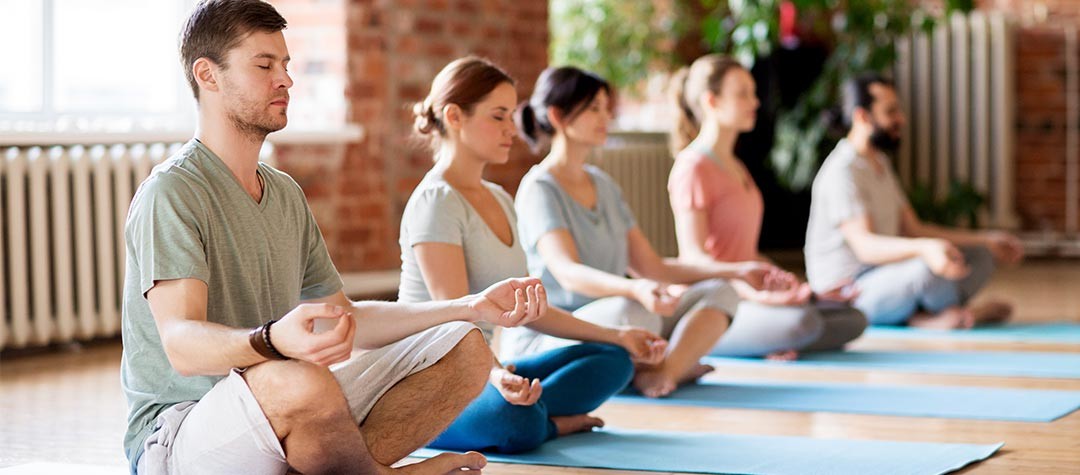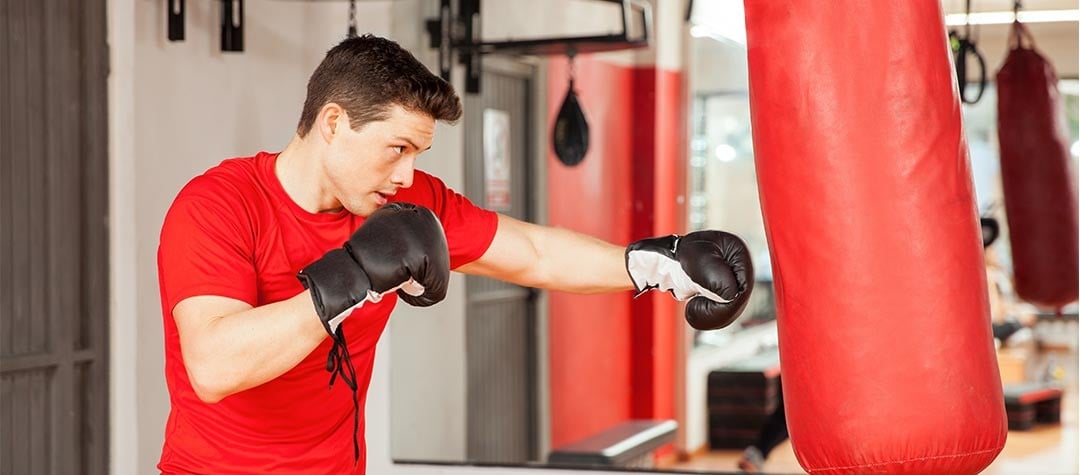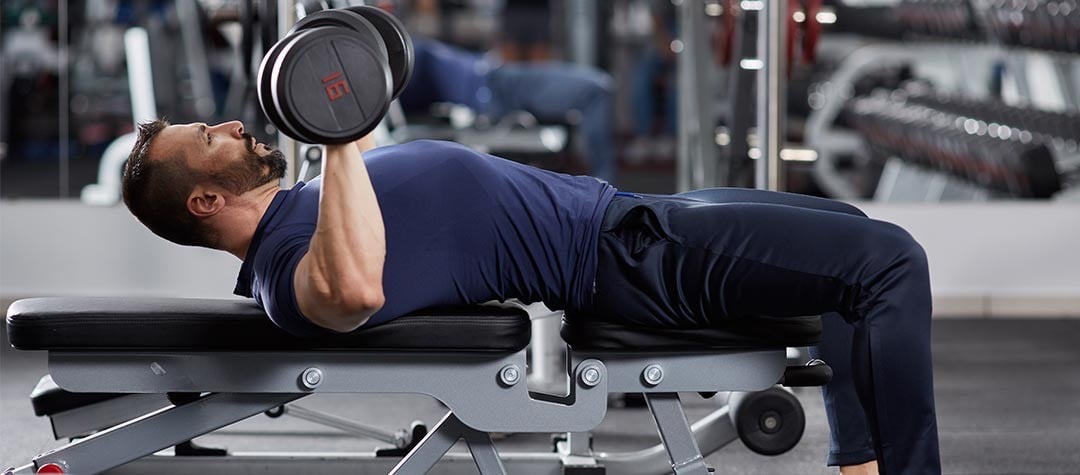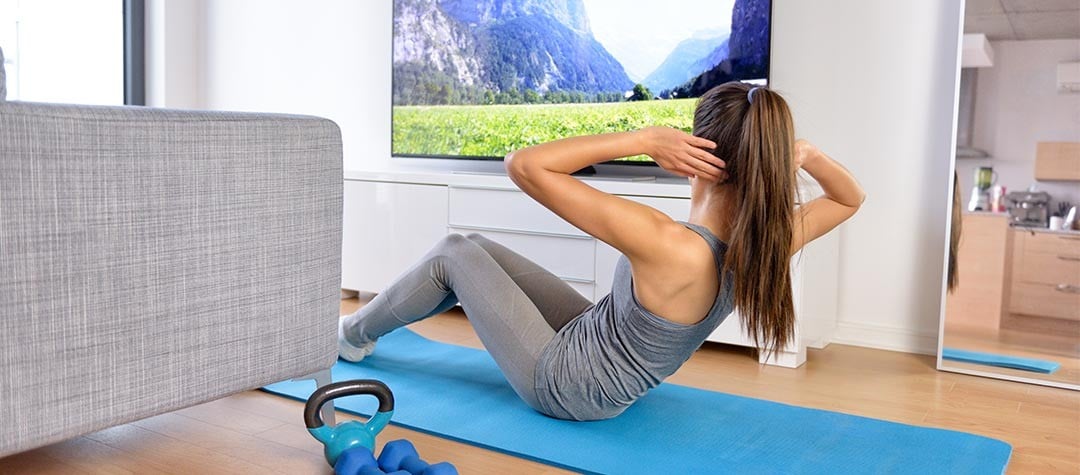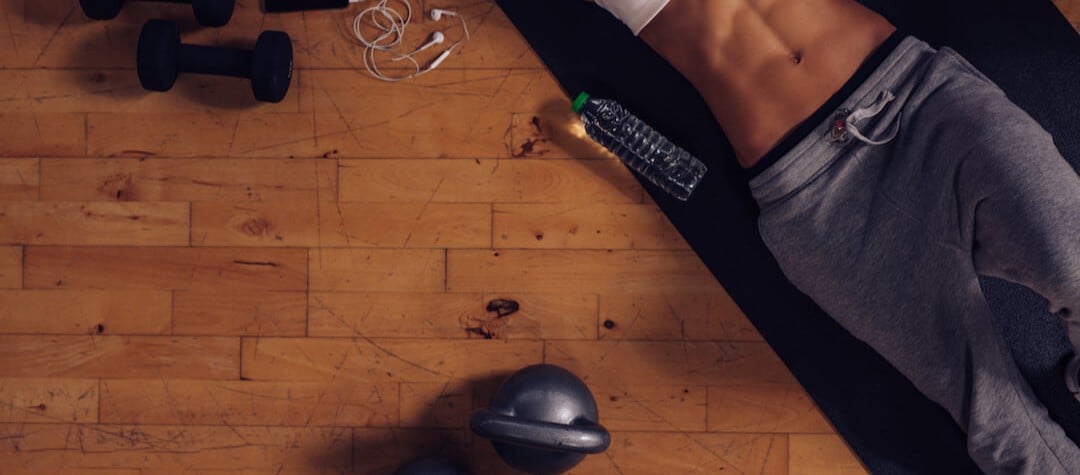If you are a yoga beginner or thinking about having a go at yoga then here are some tips to get you started; some helpful advice for any yoga beginner.
1. Find a good yoga teacher
It is much easier and more enjoyable, to learn yoga, with all its detailed and subtle physical and mental aspects, from an experienced, qualified, teacher. You can find plenty of free videos on YouTube, or apps which will guide you through the beginner poses.
2. Respect your body’s inner wisdom and limitations
Don’t push yourself to do anything that feels dangerous or wrong for you. This is ‘Ahimsa’, the practice of non-harm, which is essential to skilful and beneficial practice of yoga. Be aware of contraindications relevant to your specific circumstances: for example some poses are not to be practiced during early pregnancy, with certain injuries, or during menstruation, whereas other poses may be very helpful.
3. Breathe
Yoga is all about finding a healthier, deeper harmony between our body and mind , and our breathing is central to this. Breathe into your whole body in the poses, and relax. There is a lot to learn about healthy breathing in yoga.
4. Don’t compare yourself with others
Look inwards to your own progress; there will always be people who are more experienced than you. Yoga may be fashionable, but it is not a spectator sport or a competition. Appreciate the subtle progress of your own practice, the best part of it is on the inside, in the healing awareness and unity of your own body, mind and spirit.
6. Have a sense of humor
Yoga is a quiet, focused activity, but we need not to take ourselves too seriously. We may feel ungainly and stiff as a board as we try to navigate ourselves into new poses. Humility, an inner smile and a bit of gentleness can save us from pushing ourselves to the point of strain and injury.
7. Eating and drinking and yoga
It is advisable not to eat for one or two hours before yoga practice, and to drink only small amounts of water beforehand and do not drink during practice. Avoid alcohol, sugar or caffeine before yoga.
8. Wear loose comfortable clothing (that stays on)
You will stretch your body in all directions and so you don’t want to wear anything that will dig in or restrict your movement. At some point you are likely to bend your body right over and also turn upside down, so it saves wriggling about or exposing more that you wish to if you wear stretch fit gear.
9. Make practice frequent
Little and often is more effective than occasional long sessions of yoga. Even 15 minutes a day of a few well-chosen poses can have a very positive effect on your physical, emotional and mental well-being. A regular discipline will reap more benefits, as that way the body begins to feel comfortable and familiar with the process and gradually becomes more flexible and subtly aware of the sensations, rather than ‘starting from cold’ again once in a while.
10. Modify postures for your body
The perfect pose we may see in a book or see a teacher demonstrate may be a long way from what our own body can currently achieve. A good yoga teacher will show you how to ease your own body carefully towards the ideal posture, perhaps with use of yoga props like extra blocks, bolsters, a belt etc., bringing attention to the principle of the inner stretch or direction of energy that the pose is aiming to evoke in us.
12. Relax! End your yoga practice with Shavasana
Finish your practice with Shavasana, ‘Corpse pose’, lying flat on the floor, resting and consciously relaxing your body for five to 15 minutes. Don’t rush out of it; get up very gently, rolling onto your right side and coming up to a sitting position in your own time.
If you are a yoga beginner you don’t really have to buy a great deal at all to do yoga, but these yoga ‘props’ can be very useful. A yoga mat especially is pretty essential to avoid slipping on floors.
Five bits of yoga kit and equipment to get you started:
- Yoga mat
Provides cushioning on a hard floor and a non-slip surface for standing.
- Yoga block
Helps stabilize standing poses when you can’t reach the floor easily.
- Yoga strap
Helps when you can’t reach to hold a leg, foot or hand.
- Yoga bolster
Supports your spine, legs or abdomen in certain poses.
- Blanket
Extra floor padding and keeps you warm and comfortable at the end of a session in ‘shavasana’.

